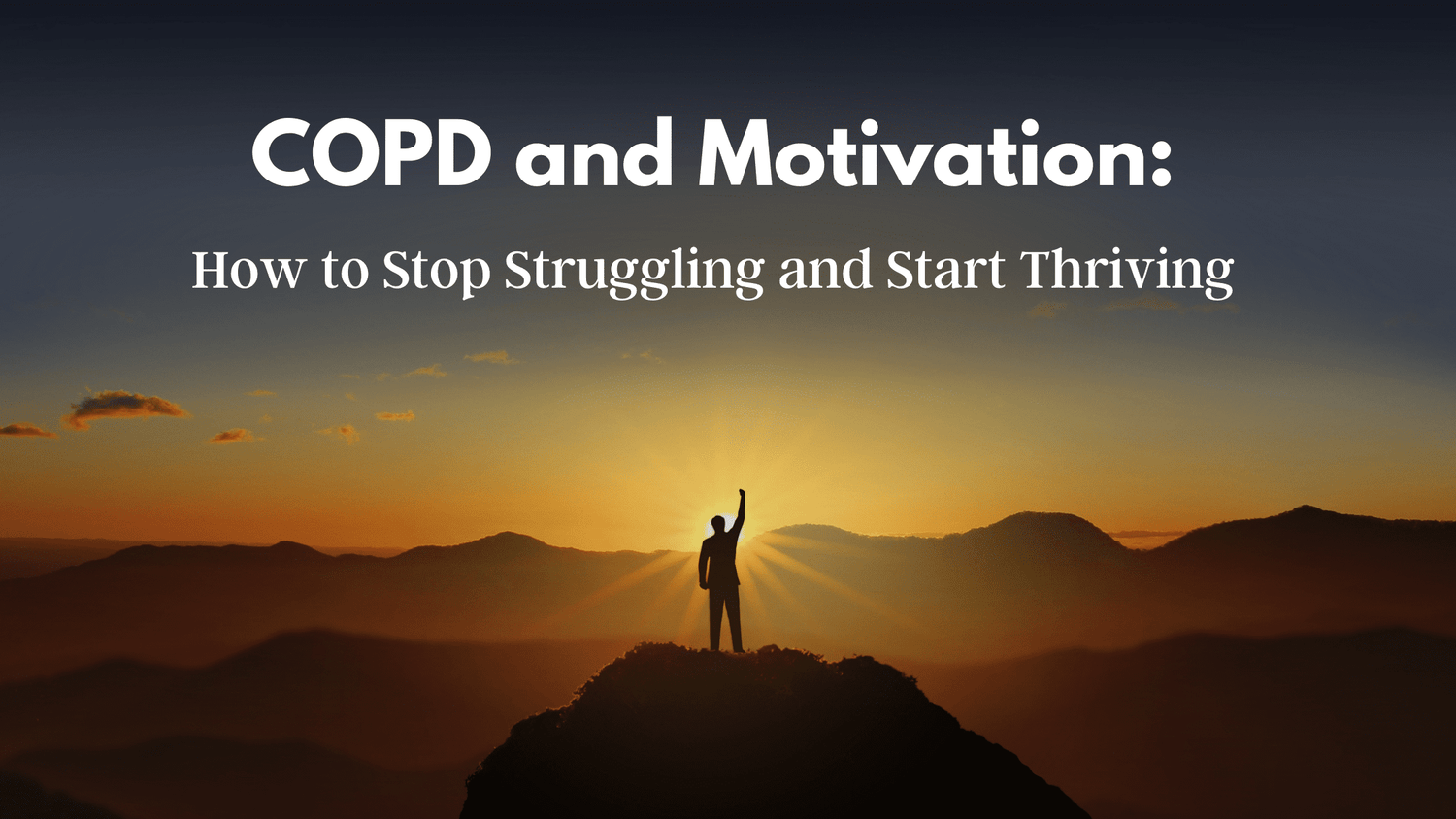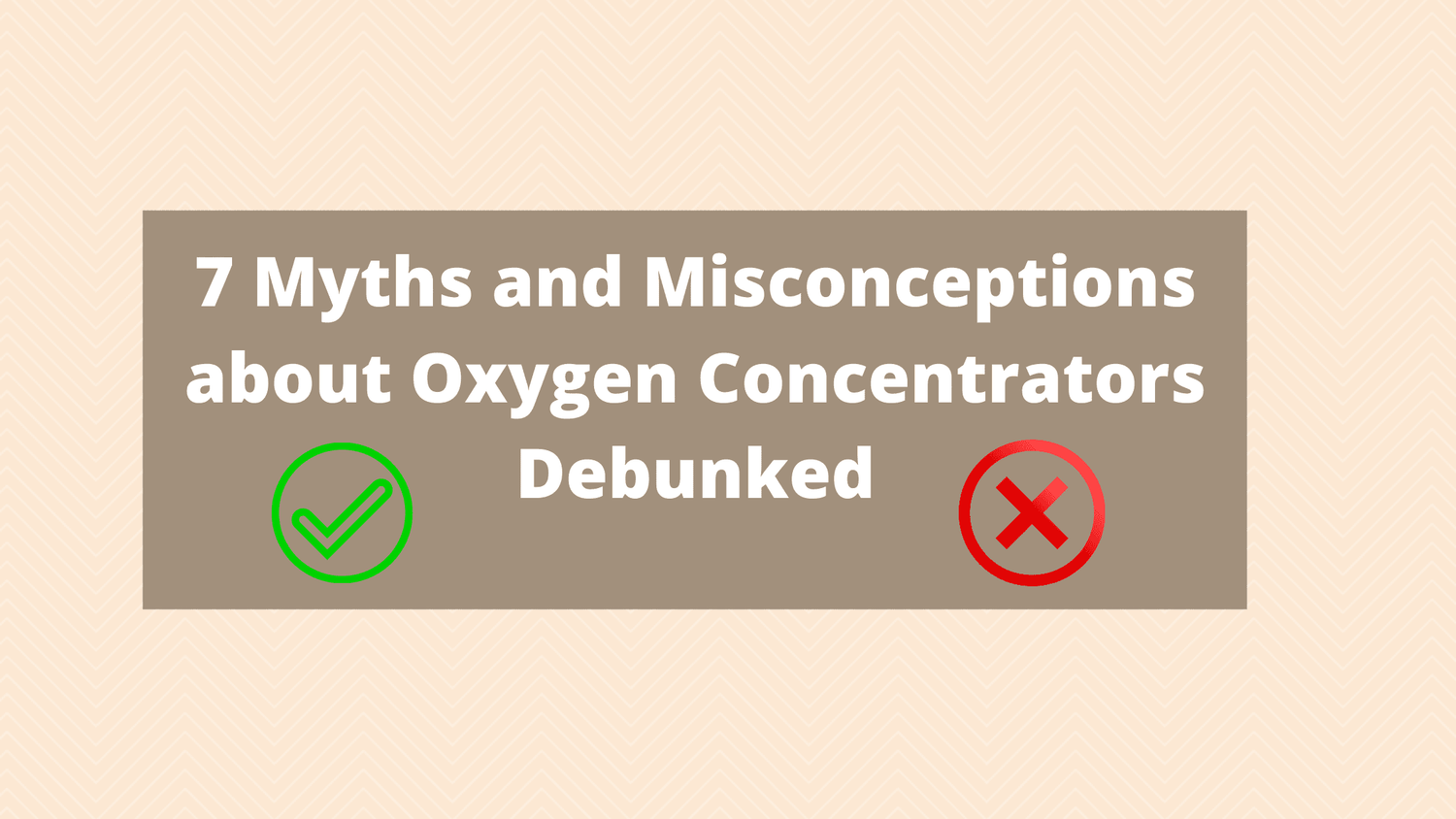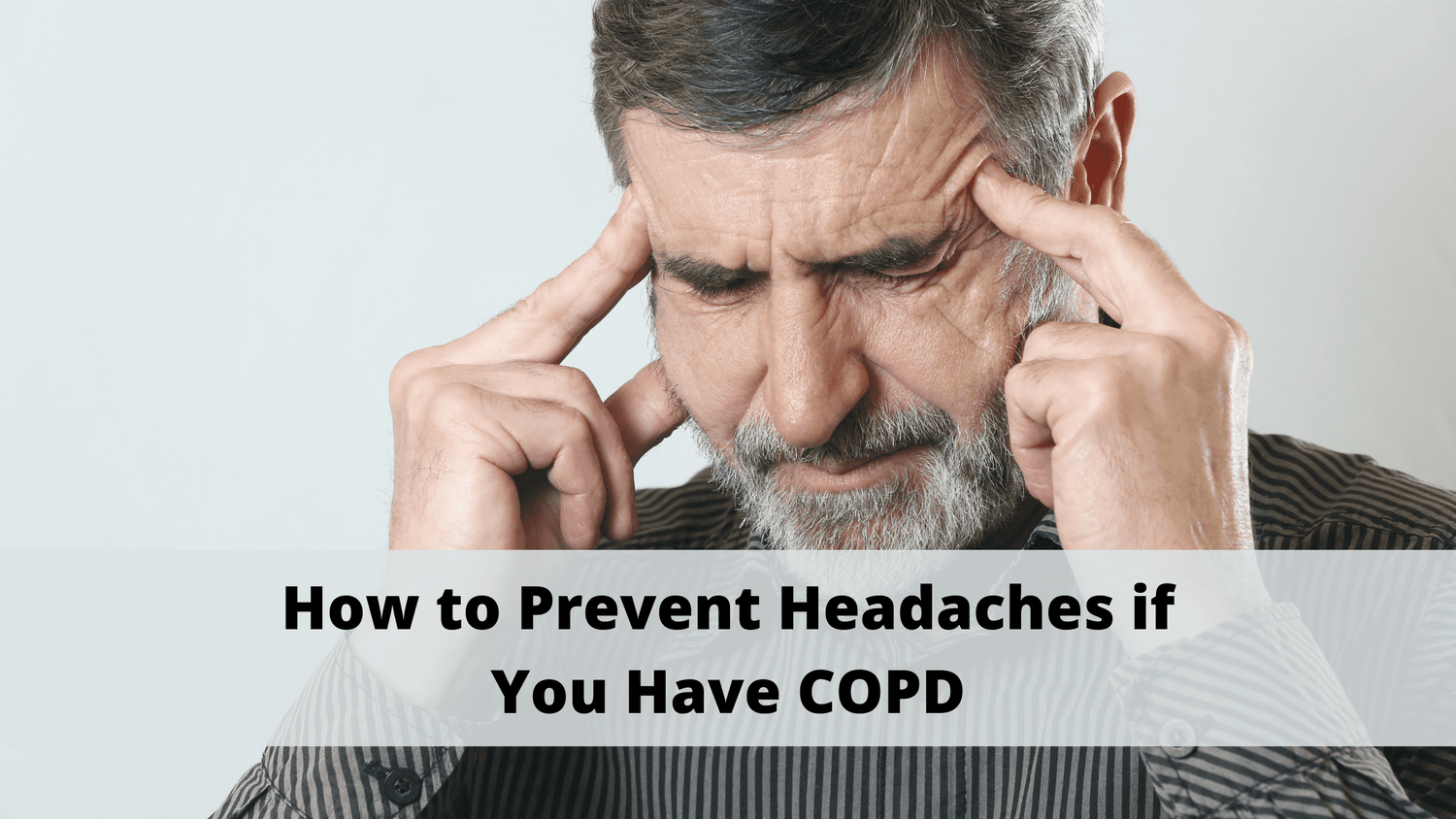Respiratory Resource Center - LPT Medical
COPD and Motivation: How to Stop Struggling and Start Thriving
Life is filled with unpredictability. Whether it’s a change...
Read More7 Myths and Misconceptions about Oxygen Concentrators Debunked
Most people like to think of the internet as...
Read MoreHow to Prevent Headaches if You Have COPD
Headaches are a problem that we all deal with...
Read More


